Jacksonville, Fl. — The “Buresh Bottom Line”: Always be prepared!.....First Alert Hurricane Survival Guide... City of Jacksonville Preparedness Guide... Georgia Hurricane Guide.
STAY INFORMED: Get the * FREE * First Alert Weather app
FREE NEWS UPDATES, ALERTS: Action News Jax app for Apple | For Android
WATCH “Preparing for the Storm”
WATCH “The Ins & Outs of Hurricane Season”
READ the First Alert Hurricane Center “Survival Guide”
LISTEN & WATCH “Surviving the Storm” - WOKV Radio & Action News Jax
***** ALWAYS CHECK & RE-CHECK THE LATEST FORECAST & UPDATES! *****
REMEMBER WHEN A TROPICAL STORM OR HURRICANE IS APPROACHING: Taping windows is *NOT* helpful & will not keep glass from breaking.
Realize the forecast cone (”cone of uncertainty”) is the average forecast error over a given time - out to 5 days - & *does not* indicate the width of the storm &/or damage that might occur.
LOCAL - NORTHEAST FLORIDA/SOUTHEAST GEORGIA - POST IAN *BASED ON THE CURRENT FORECAST PATH*:
*** With so much rain & ocean water in the “system”, higher than avg. tides will continue through at least next week for the intracoastal, St. Johns River & its tributaries. Nuisance type flooding & ponding will occur with each high tide cycle ***
Ian:
Tropical wave - ‘98-L’ that moved off of Africa last week is moving over the Southern Caribbean & Central Caribbean & was upgraded to tropical depression #9 Friday .... to tropical storm “Ian” Fri. evening... then to a hurricane early Mon. with a landfall over Western Cuba early Tue. as a Cat. 3 hurricane & made landfall southwest of - & near - Ft. Myers Wed. afternoon as an intense Cat. 4 hurricane - the 4th “major” hurricane to hit Florida since 2000 (Charley in ‘04 on the SW coast... Irma in ‘17 in the Keys... Michael in ‘18 in the Panhandle). Ian was declared post-tropical Fri... the last NHC advisory was issued late Sat.
Ian formed from a classic from a tropical wave that formed from a complex of intense storms over Africa... encountered hostile conditions (shear & dry air) for days before finding more favorable conditions. Virtually all ingredients were in place for maintaining Ian’s intensity over the SE Gulf. Unfortunately an eyewall replacement cycle was completed overnight resulting in a rapidly intensifying hurricane Wed. upon approach to the southwest coast of Florida. Due to the hurricane’s size & nearly 2 days as a major hurricane, impacts in the area south of Tampa were even more severe than damage than Cat. 4 Charley caused in the same general area in 2004. Imagery below from CIMMS integrated microwave imagery shows Ian’s intensification early Thu. after an eyewall replacement cycle Wed. night:
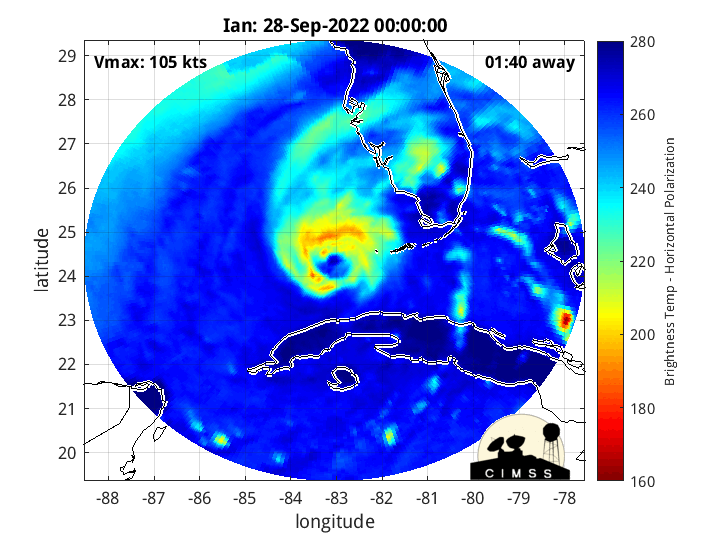
#HurricaneIan path from tropical depression to tropical storm to hurricane back to tropical storm then hurricane again before final landfall northeast of Charleston, SC. @actionnewsjax @wokvnews #FirstAlertWx pic.twitter.com/XHujOvESws
— Mike Buresh (@MikeFirstAlert) October 1, 2022
Though trending lower, higher than avg. tides will continue to produce mostly nuisance-like ponding/flooding near/at times of high tide along the St. Johns River & its tributaries. Levels will be highest - & most problematic - in Clay/St. Johns & especially Putnam Co. The hydrographic below is through Sun. morning:


Lots of shear across Ian has helped start an extra-tropical transition:
A disturbance/weak tropical wave over the Eastern Caribbean is being strongly sheared & is not expected to develop.


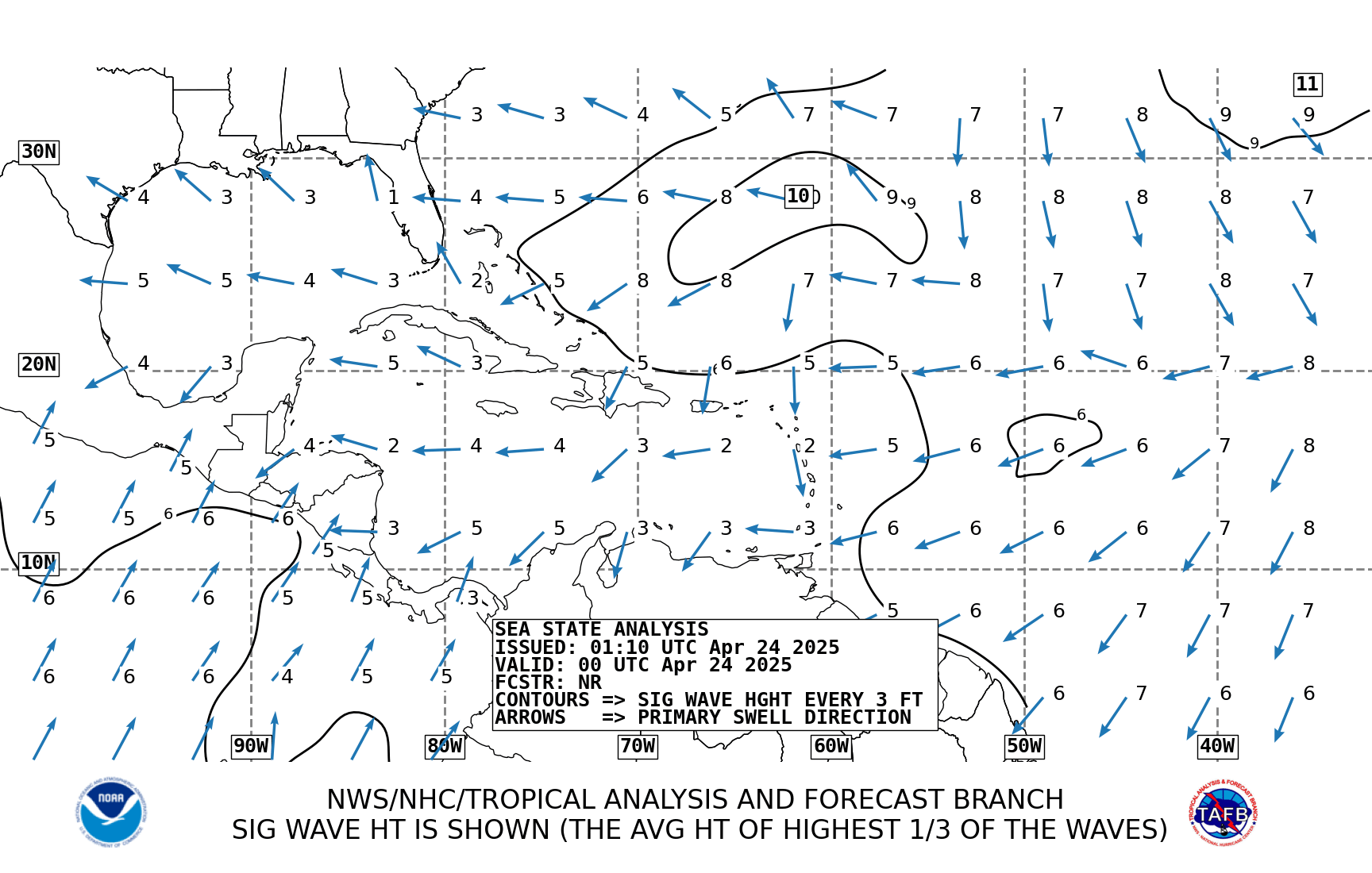
Comparison of tracks between Cat. 4 Charley in 2004, Cat. 4 Irma in 2017 & Ian:
Elsewhere....
We’ll need to watch the Caribbean over the next 1-2 weeks for *possible* tropical development. It’s still way too early to get into any details - or to panic!! - but indications are that a tropical system may try to slowly develop then move some form of northward. Plenty of time to try to figure out the details.
And a tropical wave over the E. Atlantic may try to organize some while moving west to west/northwest, but the wave will not be able to make it all the way across the Atlantic.
Low pressure off the Mid Atlantic coast just east of Washington D.C. is nontropical but may try to take on some subtropical characteristics while moving little the next few days before finally getting pulled northeast mid to late week.



Water vapor loop shows plenty of mid & upper level moisture (white & green areas) across a good part of the Atlantic Basin:


October origins:
Averages below based on climatology for the Atlantic Basin through September. This season so far is well below avg.:

Wind shear:




Saharan dust spreads west each year from Africa by the prevailing winds (from east to west over the Atlantic). Dry air - yellow/orange/red/pink. Widespread dust is indicative of dry air that can impede the development of tropical cyclones. However, sometimes “wanna’ be” waves will just wait until they get to the other side of - or away from - the plume then try to develop if other conditions are favorable. In my personal opinion, way too much is made about the presence of Saharan dust & how it relates to tropical cyclones. In any case, we’ve had several large dust plumes spread west to the Caribbean & Gulf with the peak of Saharan dust typically in June & July.

2022 names..... “Julia” is the next name on the Atlantic list (names are picked at random by the World Meteorological Organization... repeat every 6 years). Historic storms are retired [Florence & Michael in ’18... Dorian in ’19 & Laura, Eta & Iota in ‘20 & Ida in ‘21]). In fact, this year’s list of names is rather infamous with “Charley”, “Frances”, “Jeanne” & “Ivan” retired from the ‘04 list (all hit Fl.) & “Matthew” was retired in 2016. The WMO decided - beginning last year - that the Greek alphabet will be no longer used & instead there will be a supplemental list of names if the first list is exhausted (has only happened three times - 2005, 2020 & 2021). The naming of tropical cyclones began on a consistent basis in 1953. More on the history of naming tropical cyclones * here *.





East Atlantic:





Mid & upper level wind shear (enemy of tropical cyclones) analysis (CIMMS). The red lines indicate strong shear:
Water vapor imagery (dark blue indicates dry air):

Deep oceanic heat content over the Gulf, Caribbean & deep tropical Atlantic:

Sea surface temp. anomalies:


SE U.S. surface map:

Surface analysis centered on the tropical Atlantic:

Surface analysis of the Gulf:

Caribbean:

GFS wave forecast at 48 & 72 hours (2 & 3 days):
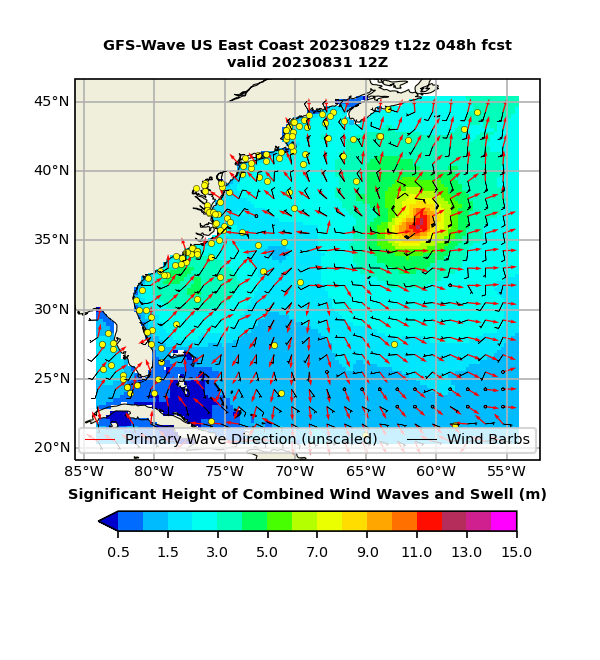

Atlantic Basin wave period forecast for 24, 48 & 72 hours respectively:




Updated Atlantic seasonal forecast from early Aug. - NOAA & CSU:
The East Pacific:
“Orlene” rapidly intensified off the Pacific Mexico coast & will make landfall Tue. While off its peak intensity, Orlene is forecast to still be at hurricane strength at landfall. A Hurricane Warning is in effect for: Las Islas Marias... the coast of mainland Mexico from San Blas to Mazatlan... A Tropical Storm Warning is in effect for: the coast of mainland Mexico from Playa Perula to San Blas A Hurricane Watch is in effect for: the coast of mainland Mexico from Playa Perula to San Blas, the coast of mainland Mexico from Mazatlan to Bahia Tempehuaya... a Tropical Storm Watch is in effect for: the coast of mainland Mexico from Manzanillo to Playa Perula



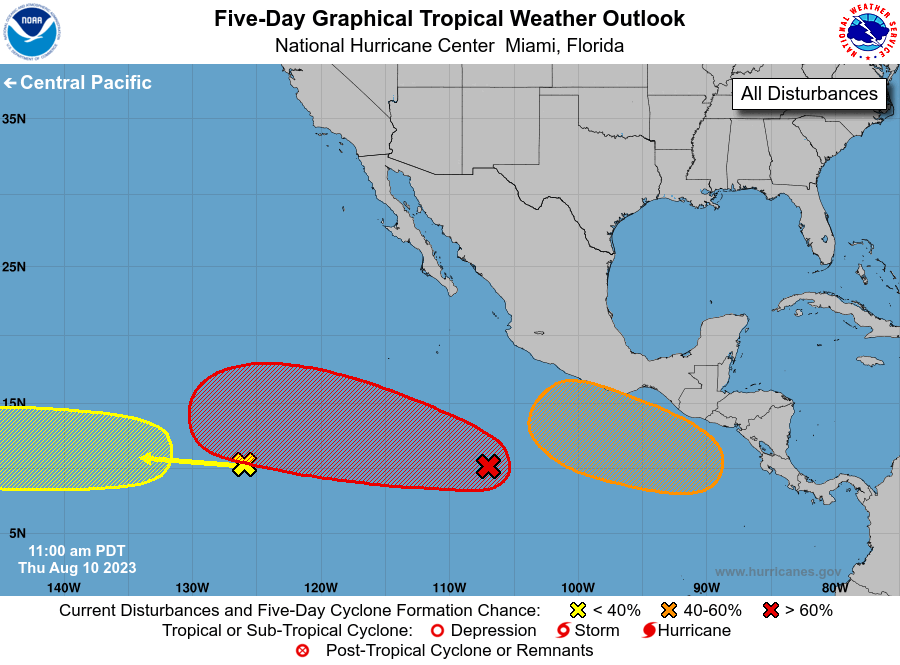
West Pacific:

Global tropical activity:



Cox Media Group
:quality(70)/cloudfront-us-east-1.images.arcpublishing.com/cmg/WW5AJL3ARQUGDQMAQUNSFX4CLE.jpg)

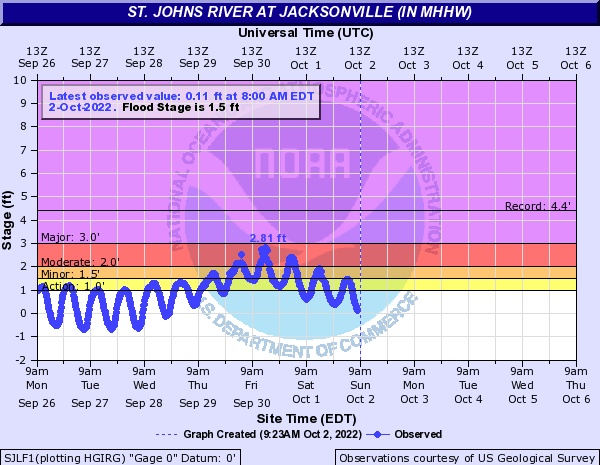
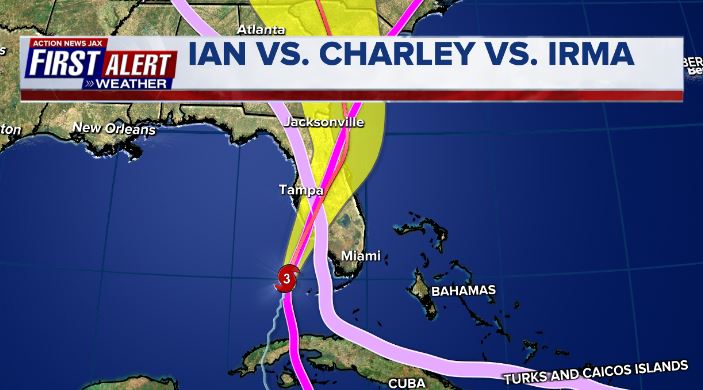
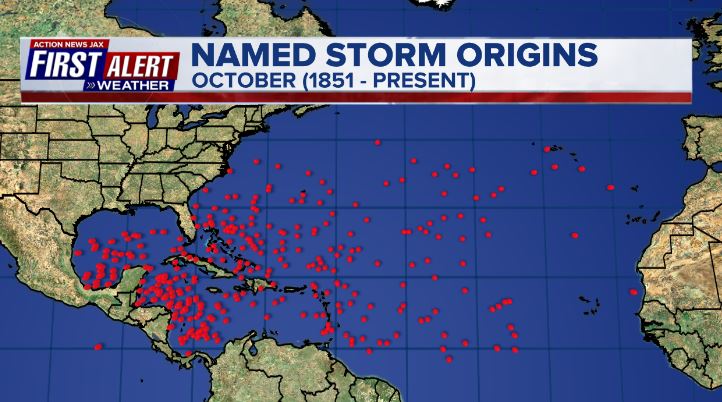
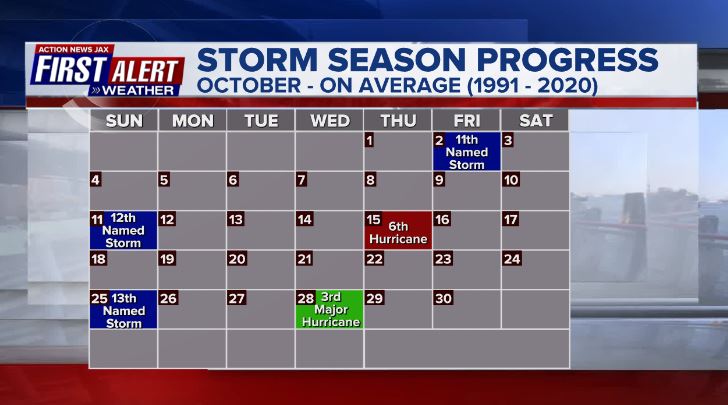
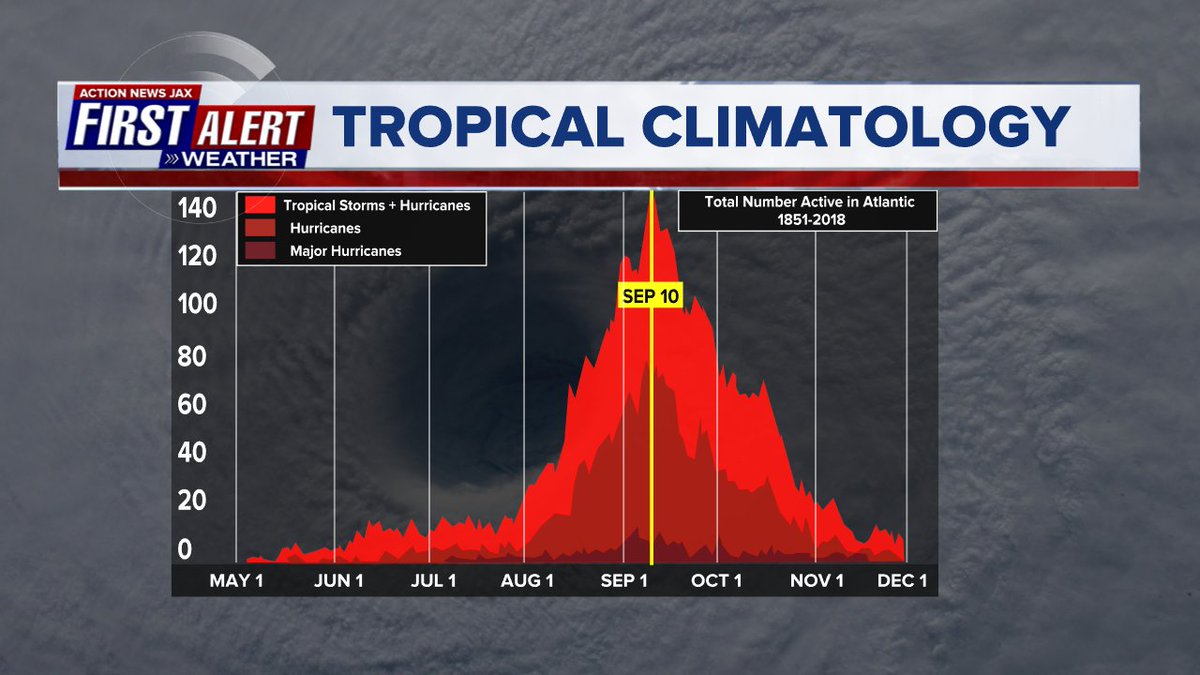
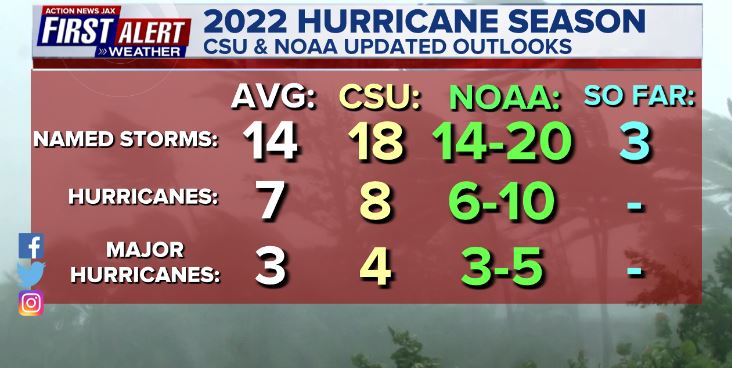
:quality(70)/d1hfln2sfez66z.cloudfront.net/04-15-2024/t_bde394ea388d434ca0b114db015c7127_name_file_960x540_1200_v3_1_.jpg)
:quality(70)/cloudfront-us-east-1.images.arcpublishing.com/cmg/A5WDDJVOEVBH7AVABNPTTA6C3Y.jpg)
:quality(70)/cloudfront-us-east-1.images.arcpublishing.com/cmg/XFLO4IIIWPLTBTU5L3YO5VTXOQ.jpg)
:quality(70)/cloudfront-us-east-1.images.arcpublishing.com/cmg/U3ELGPE42ZFDFK55NGV3FMZQ4U.png)
:quality(70)/cloudfront-us-east-1.images.arcpublishing.com/cmg/QEIJKBLPTFA53D6QGR62CZ2IVQ.jpg)